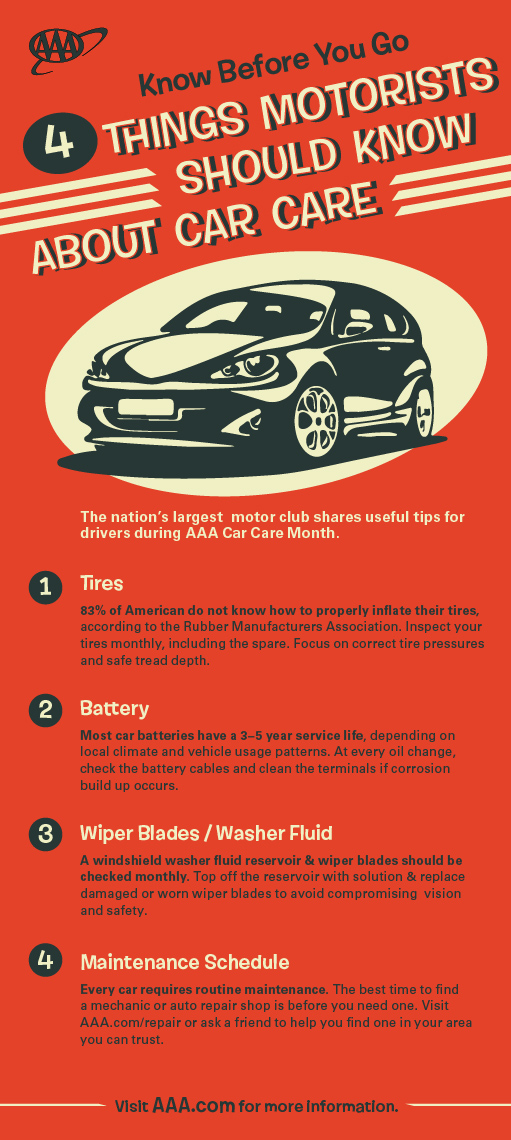Discover The Definitions Behind The Dashboard Caution Lights In Your Auto To Protect The Health And Safety Of Your Vehicle
Discover The Definitions Behind The Dashboard Caution Lights In Your Auto To Protect The Health And Safety Of Your Vehicle
Blog Article
Created By-Kane Dreier
When you lag the wheel, those beautiful warning lights on your control panel can be a little bit puzzling. Do you understand what they're attempting to inform you regarding your auto's wellness? Recognizing the value of these lights is crucial for your security and the long life of your lorry. So, the next time one of those lights pops up, wouldn't you wish to understand its message accurately and take the needed actions to address it?
Common Caution Lights and Interpretations
Identify usual warning lights in your auto and understand their definitions to make certain risk-free driving.
One of the most typical caution lights consist of the check engine light, which indicates issues with the engine or emissions system. If this light begins, it's essential to have your automobile checked promptly.
The oil pressure cautioning light suggests low oil pressure, calling for instant focus to prevent engine damage.
A blinking battery light could recommend a defective billing system, possibly leaving you stranded if not attended to.
The tire stress tracking system (TPMS) light signals you to low tire pressure, affecting car security and gas efficiency. Overlooking this might cause unsafe driving problems.
The abdominal light shows a problem with the anti-lock braking system, endangering your capacity to quit promptly in emergencies.
Finally, the coolant temperature cautioning light warns of engine overheating, which can cause severe damage if not dealt with quickly.
Comprehending these usual warning lights will help you deal with concerns without delay and preserve secure driving problems.
Importance of Prompt Interest
Comprehending the usual warning lights in your vehicle is only the primary step; the value of promptly resolving these cautions can't be emphasized sufficient to guarantee your security on the road.
When a caution light brightens on your control panel, it's your vehicle's method of connecting a prospective issue that requires attention. Neglecting these cautions can result in extra serious issues in the future, endangering your safety and security and potentially costing you much more in repairs.
Motivate focus to warning lights can prevent break downs and mishaps. As an example, a flashing check engine light could suggest a misfire that, if left unattended, could cause damage to the catalytic converter. Addressing this immediately can conserve you from a pricey fixing.
Likewise, a brake system advising light may indicate reduced brake fluid or worn brake pads, vital components for your safety when driving.
Do It Yourself Troubleshooting Tips
If you observe a caution light on your dashboard, there are a few do it yourself fixing ideas you can try prior to seeking expert aid.
The initial step is to consult your vehicle's guidebook to understand what the details warning light indicates. Often the issue can be as easy as a loosened gas cap triggering the check engine light. Tightening the gas cap may fix the issue.
Another usual issue is a low battery, which can trigger different alerting lights. Checking automotive repair for rust and guaranteeing they're safe and secure might take care of the problem.
If a warning light continues, you can attempt resetting it by detaching the cars and truck's battery for a few mins and afterwards reconnecting it. Additionally, checking https://www.fox10phoenix.com/news/tips-on-preventing-your-car-from-breaking-down-in-the-arizona-heat , such as oil, coolant, and brake fluid, can help fix alerting lights connected to these systems.
Verdict
In conclusion, understanding your vehicle's warning lights is important for maintaining your car running efficiently and safely. By quickly attending to these signals and knowing what they indicate, you can stay clear of costly repair services and potential breakdowns.
Bear in mind to consult your vehicle's handbook for certain details on each warning light and act as necessary to make certain a hassle-free driving experience.
Stay informed, remain secure when traveling!
